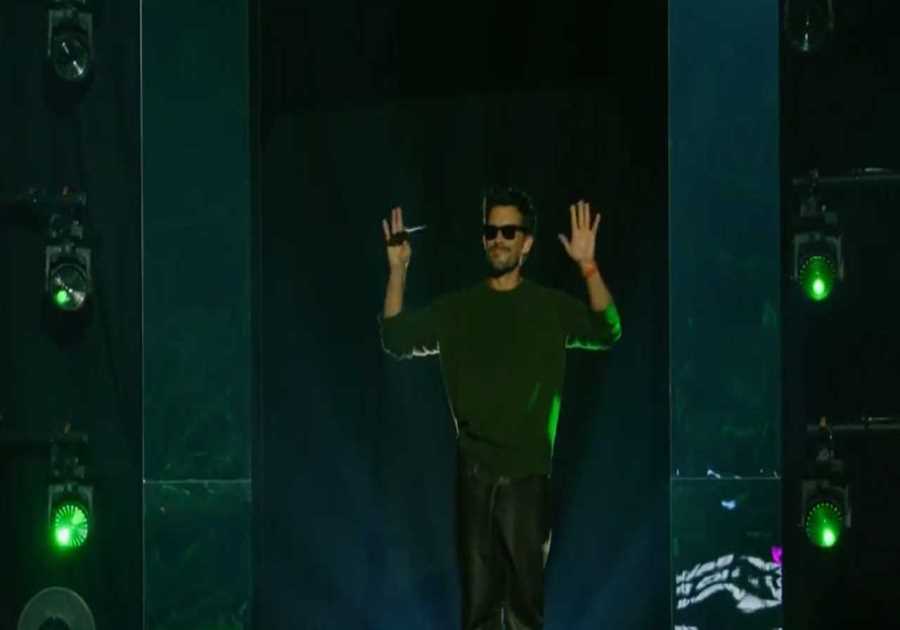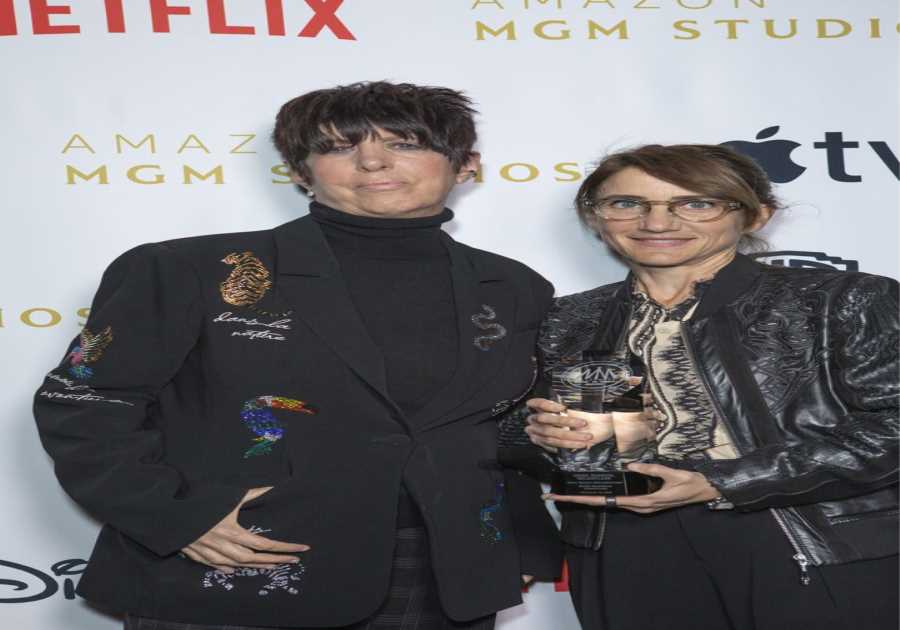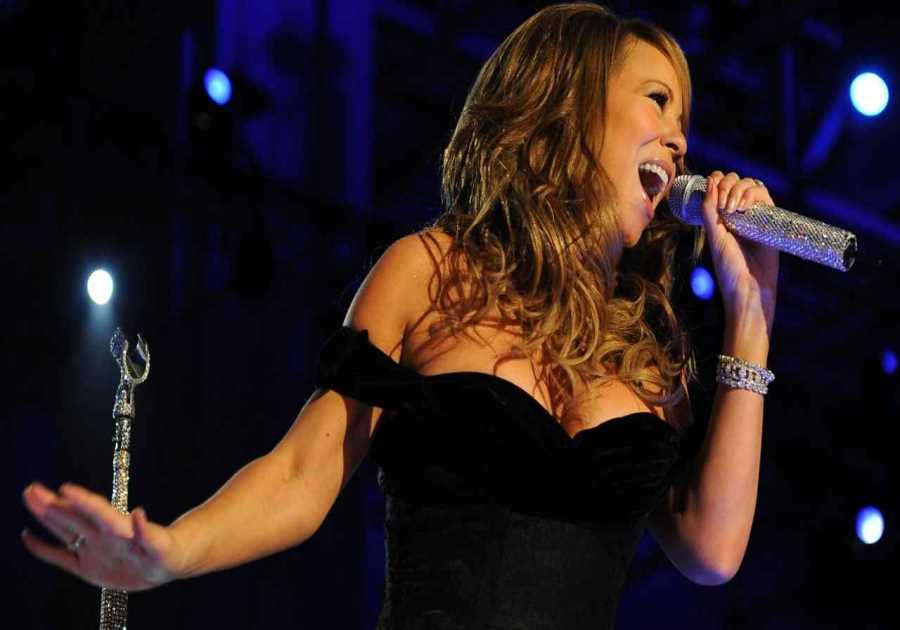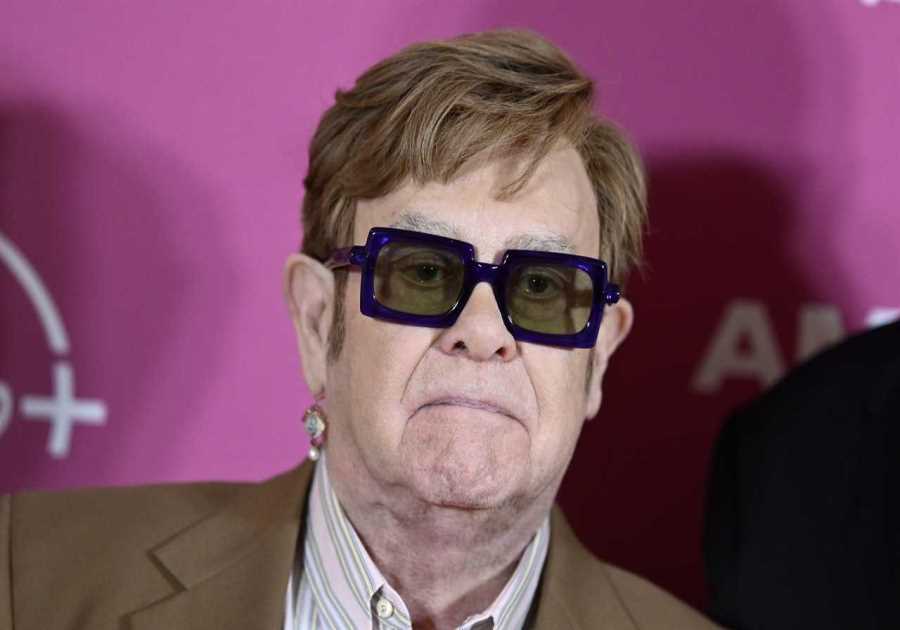
Kasahara Arisa
For many of the veterans who hung on to get the chance to compete at the 2020 Olympic Games held on home soil in Tokyo last summer, this year’s All-Japan Championships marked their final appearance before hanging up their grips.
Murakami Mai, who won a bronze medal on floor at the Olympics, ended her career on the highest of notes, winning her second world championships title on floor in Kitakyushu last October, but two of her Olympic teammates – Hatakeda Hitomi and Teramoto Asuka – decided to come back for one last hurrah, as Hatakeda was horribly injured at worlds last year while Teramoto injured her Achilles early in 2020 and didn’t end up making it to either the Olympics or worlds in 2021. At the All-Japan meet, both gymnasts competed in the qualification round, where Teramoto went up on all but vault and Hatakeda performed on floor, potentially closing the book on of one of the most talented, successful periods of Japanese gymnasts the program has ever seen.
Now, the women’s program is an interesting one. Quite a few gymnasts from the last quad remain, especially those who were younger and a bit less experienced than the veterans, who didn’t get as many international opportunities last quad, but who now are landing at the top of the pack instead of hovering somewhere in B-team territory. There are also a few top-performing veterans – like Hiraiwa Yuna and Sugihara Aiko – who haven’t officially retired, but who aren’t fully back at the moment, at least not in top competitive form. Then there are others who weren’t on the radar at all last quad, but who have since grown in their skill level and ability as they’ve gotten older and are now set to lead the next generation.
One of those in the latter category is Kasahara Arisa, a 2004-born gymnast who had never before earned an international assignment or even qualified to an All-Japan Championships all-around final, but who managed to upset every “one to watch” competitor at this competition after qualifying third.
Kasahara had some of the lowest combined difficulty among the frontrunners here, but with every other gymnast in the top group falling in the final, Kasahara’s clean and confident performance ended up being an advantage over those going for broke. She can do much higher difficulty across the board, but downgrading and playing it safe here worked, and she was able to go eight-for-eight between qualifications and finals.
In the final, Kasahara competed a Yurchenko full on vault to earn a 13.200, an inbar half to piked Jaeger, stalder full, Maloney to bail to stalder to toe shoot, and arabian double front dismount on bars to earn a 13.533, a beam routine that had a few small wobbles but was overall clean enough to earn a 13.500, and a floor routine that had some messy landings, but ultimately was a hit set to earn a 12.566.
She finished her day with a 52.799 in the all-around, which combined with her 53.431 in qualifications got her to a 106.230 total score, about eight tenths ahead of the rest of the field. Most notably, Kasahara didn’t have a top-three score on a single apparatus, but again, with the athletes who were stronger on certain apparatuses falling on others, her overall balance across all four worked to her advantage and in her first time in the spotlight, she came away victorious.
Miyata Shoko, who competed at junior world championships in 2019, was second after qualifications with a 53.432, and she held onto this position despite falls on bars and beam in the final. With the top score of the day on vault with a 14.266 for her Yurchenko double and the second-best floor score with a 13.233 after hitting a double layout, whip whip through to triple full, 2½ to front full, and double pike, she put up a 52.065 in the all-around and a 105.497 two-day total.
In addition to the falls, Miyata was a little rough around the edges on most of her work. She stuck her vault, but her legs in the air were all over the place, and she looked a bit rushed in most of her elements on floor as well. On bars, she hit a straddle Jaeger but then fell on the Tkachev right after, though she caught it and connected it to a Pak on the second try, and finished strong with a toe-on to Maloney to Gienger, blind full, and full-in with a hop. Her beam also had a few iffy moments in addition to the fall on her layout series – not hitting splits on her jumps or leaps, and landing her double pike pretty deep with a hop – but she did a great job coming back after the fall.
The leader in qualifications was 2018 Youth Olympic Games floor finalist Yamada Chiharu, who despite her junior success hasn’t yet made waves on the senior circuit, though it looks like this is about to change. She went from a 53.498 in prelims to a 51.832 in the final after falling twice on beam, but her 105.330 total was enough to keep her on the podium, and in a good enough position to secure a spot at worlds if she can continue to hang on at the NHK Trophy, where the top three all-arounders will qualify.
In the final, Yamada hit a Yurchenko double full that was pretty messy in the air, though she had just a small hop on the landing for a 14.033. She had the best routine of the day on bars, earning a 13.700 for a Maloney to Gienger, piked Jaeger, Pak, van Leeuwen, and stalder to toe full to full-in with a great landing. On beam, she unfortunately counted two falls, sitting her punch front on the beam and then coming off completely on the front aerial, and she came back to hit floor, but most of her landings were weak – she hit the whip to double tuck at the beginning, but then had a big step forward on the triple full, a hop forward on the 1½ to front full, and a wild stumble on the double pike at the end.
Watanabe Hazuki, who competed at junior world championships in 2019, improved from fifth in prelims to fourth in the final, where she had a standout beam routine that included a front pike mount to split jump to tuck jump half, an excellent layout series, and a 2½ dismount, earning the second-best beam score of the day with a 13.733.
She also hit her tsuk full on vault for a 13.266, and she got a 13.400 on bars, performing a Chow to Pak, Maloney to bail to toe shoot, toe full, straddle Jaeger, Ricna, toe half (finished horizontally), and a double layout, which came off a bit low and was a bit messy in the air with a big stumble forward. She ended up falling on floor, miscalculating the landing on her triple full to land almost fully on her back, just letting one foot touch down before flying backwards. She looked a bit stunned there, but recovered well, with a 2½ to front full, 1½ to rudi, and double tuck with a great landing to end her day.
In fifth was Sakaguchi Ayaka, the 2019 Asian Championships vault silver medalist who also has a few world cups under her belt. Typically one of Japan’s strongest vaulters, her Yurchenko double full looked a little out-of-practice here, coming in a bit messy in the air with a deep landing for a 13.966. She then also had a fall on bars, slipping off on her shaposh, though she got it the second time around into a bail to toe-on to toe shoot.
The second half of her day was much better, with some weak form on beam, though a solid routine overall, including a side aerial to layout stepout, switch ring, front aerial to jump series, side somi (the biggest wobble was here), and a good landing on her dismount to earn a 13.233, and she posted the top score of the day on floor with a 13.300. Her landings there were phenomenal, with sticks on her tucked full-in and triple full, and both the 1½ to front full and 2½ also looked pretty steady, making this a highlight of the meet for me. She ended up with a 51.899 for the day, just a couple of tenths shy from what she managed in prelims.
Rounding out the top 10 were Fukasawa Kokoro in sixth with a 103.031, Ashikawa Urara in seventh with a 102.965, Kusumoto Hima in eighth with a 102.863, Hatakeda Chiaki in ninth with a 102.631, and Yamaguchi Sora in 10th with a 102.465.
I was looking for a big bars set from Fukasawa, but while she hit, she wasn’t at a hundred percent there, and the rest of her routines aren’t strong enough to put her in the top three anywhere.
Ashikawa, a 2020 Olympic Games beam finalist and the 2021 world champion on this event, improved to a top eight finish after landing 13th in qualifications, a great and necessary turnaround that should make her a prime candidate for one of the two specialist spots at worlds, especially given that she had the best beam scores on both days with a 14.200 in prelims and a 14.133 in the final.
Her finals routine wasn’t actually the best we’ve seen from her, with a few uncharacteristic mistakes. She hit the back handspring mount, but had a big wobble at the end of her side aerial to layout stepout series, a little wobble on her switch leap to split ring jump, and another on her double spin, in addition to landing her triple full dismount a little short with a balance check. Still, the difficulty was there, and regardless of the mistakes here, her form was mostly brilliant as usual, and I think it’ll be hard for the Japanese program to leave her at home.
Kusumoto landed in the top six in prelims, which was pretty exciting to see from a first-year senior. She also had the best vault of the competition, performing a Yurchenko double that looked better in the air than any of the others we saw, with just a lunge back on the landing to earn a 14.266. Unfortunately, she had a few nervous errors in her day, coming off of bars on a blind full, missing both her side aerial to layout stepout series and then her switch ring on beam to count two falls there, and then looking a bit rough in most of her landings on floor. She looks to have tons of promise, though, and as a bonus reason to stan, she dismounts with a triple full on bars, beam, and floor, which I love!
I was really hoping we’d see Hatakeda shine here, and she did put up a third-best score on floor, but unfortunately she had two falls on beam, on her side somi and then again when she sat her double pike dismount. It’s a shame, because she has it in her to be excellent on that event, but she just never quite gets there, and at this point, she’d be hard to trust in a major international competition.
Then with Yamaguchi, we saw two third-best finishes – on beam, where she earned a 13.633 after hitting a nice switch leap to switch ring to Korbut, front aerial, solid flight series, switch ring, side somi, and dismount, and then on floor, where she matched Hatakeda’s 13.100 – but her bars held her back quite a bit with just a 10.733 total.
Other top-three apparatus finishers included Matsuda Towa with a 13.700 to share the top spot on bars (she was an Olympics hopeful last year thanks to her great vault and bars, though her scores look a little lower now), Kishi Rina with a 14.066 to place third on vault, and Mori Aoka with a 13.666 to place third on bars.
The men’s competition saw a dominant win from 2020 Olympic champion Hashimoto Daiki, who went from an 85.864 in prelims to an 87.797 in the final to reach a 174.161 combined total, three points higher than the rest of the field.
After prelims, it actually looked like he could possibly be beatable, as Kamoto Yuya finished just a tenth behind him while Oka Shinnosuke was about two tenths back, but Kamoto performed similarly in the final to hold steady for silver with a 171.263 total, while Oka unfortunately injured his knee on vault. He attempted to push through to p-bars, but a bad landing on that dismount made things worse, and he ultimately withdrew.
The bronze ended up going to Doi Ryosuke, a big surprise after he finished seventh in prelims, leapfrogging over several strong guys to reach the podium. Kawakama Shohei finished fourth, Kaya Kazuma was fifth, Tanigawa Kakeru was sixth, his brother Tanigawa Wataru was seventh, Hasegawa Takeshi and Matsumi Kazuki tied for eighth, and Kitazono Takeru rounded out the top 10.
Specialist Minami Kazuki led the men on floor with a 14.766, Nagasaki Shuto (26th all-around) was the top pommel horse worker with a 14.800, Takahashi Kazuya (16th all-around) led rings with a 14.700, Carlos Yulo of the Philippines – competing as a guest here as he trains in Japan – had the top vault score with a 15.033, Tanigawa Kakeru led parallel bars with a 15.400, and Hashimoto had the best high bar performance, earning a 15.433.
Full results from both the WAG and MAG competitions are available here.
Article by Lauren Hopkins
-----------------------
By: Lauren
Title: Kasahara Surprises as Gold Medalist in First All-Japan Final Appearance
Sourced From: thegymter.net/2022/04/25/kasahara-surprises-as-gold-medalist-in-first-all-japan-final-appearance/
Published Date: Mon, 25 Apr 2022 19:10:00 +0000
Did you miss our previous article...
https://ballerawards.news/sports/years-ago-reporters-laughed-at-giannis-antetokounmpos-ambitions-to-win-mvp






